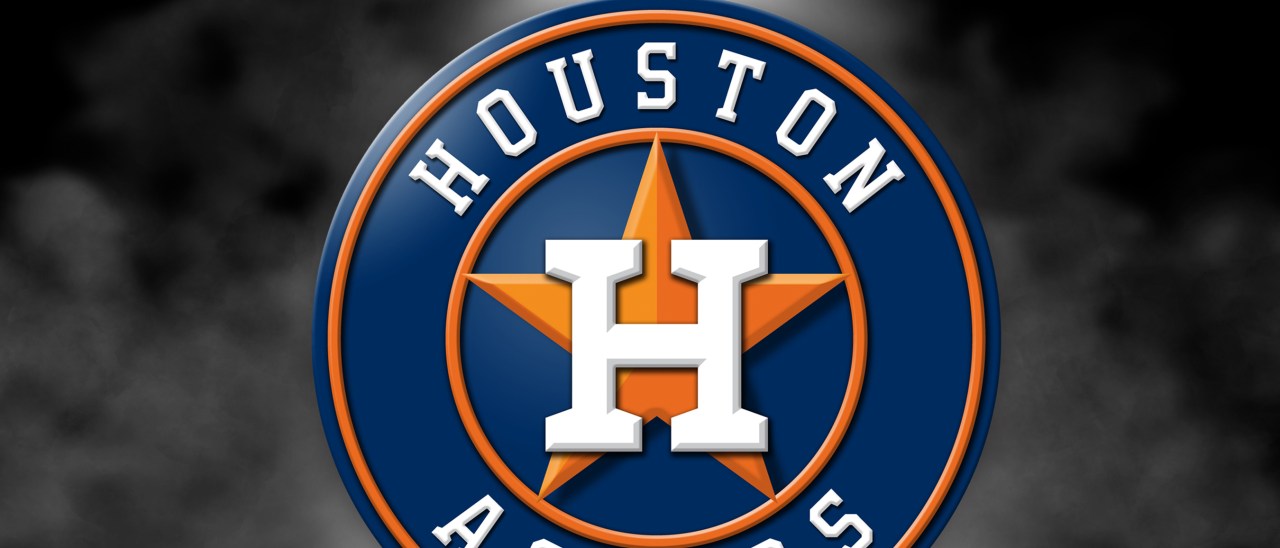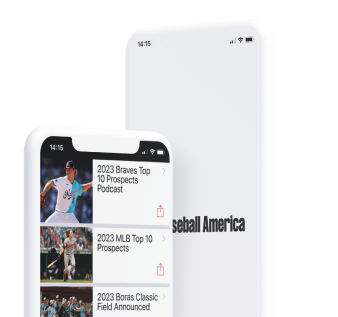Houston Astros 2023 MLB Draft Review


See Also: 2023 MLB Draft Database
Draft Theme: California Love.
In the first year under new general manager Dana Brown, the Astros committed 25% of their draft to players out of California. It’s not surprising when any team has a strong share of players from any of the big three states, but five players out of California felt notable, especially since four of the five were collegians. The California products include: RHP Alonzo Tredwell, RHP Joey Dixon, 2B Ryan Johnson, OF Anthony Huezo and RHP Derek True.
Most Interesting Day 2 Pick: SS Jeron Williams, 9th round
Williams is a 6-foot-1, 180-pound shortstop with blazing, 70-grade speed. He’s been an offensive table-setter and reliable defender at shortstop for Toledo for two seasons, and in 2023 he hit .403/.467/.681, with a career-high 14 home runs and led Division I with 49 stolen bases. Despite his jump in power from three homers to 14, Williams doesn’t project as a power hitter at the next level, with 40-grade power. He’s also probably more of a fringe-average hitter thanks to high chase rates and contact questions against secondary pitches. He was named to the 2022 MAC All-Defensive Team at shortstop, but in pro ball he might be a better fit at second base. Wherever he winds up, his game will be based around his double-plus running ability.
Most Interesting Day 3 Pick: RHP James Hicks, 13th round
Hicks pitched two years at Crowder (Mo.) JC before heading to South Carolina for the 2022 season, where he threw just seven innings, but was drafted by the Orioles in the 15th round. Instead of signing, Hicks went back to Columbia for his age-22 season and second with the program, and posted a 3.51 ERA over 66.2 innings with a 20.4% strikeout rate and 5.1% walk rate. Listed at 6-foot-2, 190 pounds, Hicks is a sinker/slider righty who attacks with a 90-93 mph fastball that will touch 94. The pitch has around 19 inches of horizontal break and runs in on righthanded hitters from a lower, three-quarter slot. He pairs the pitch with a low-80s slider that has reasonable two-plane break and is his best swing-and-miss offering. Hicks has used a slower curveball in the mid 70s and occasionally flashed a mid-80s changeup that has solid arm-side fade—but he uses the fastball/slider combination nearly 90% of the time.

